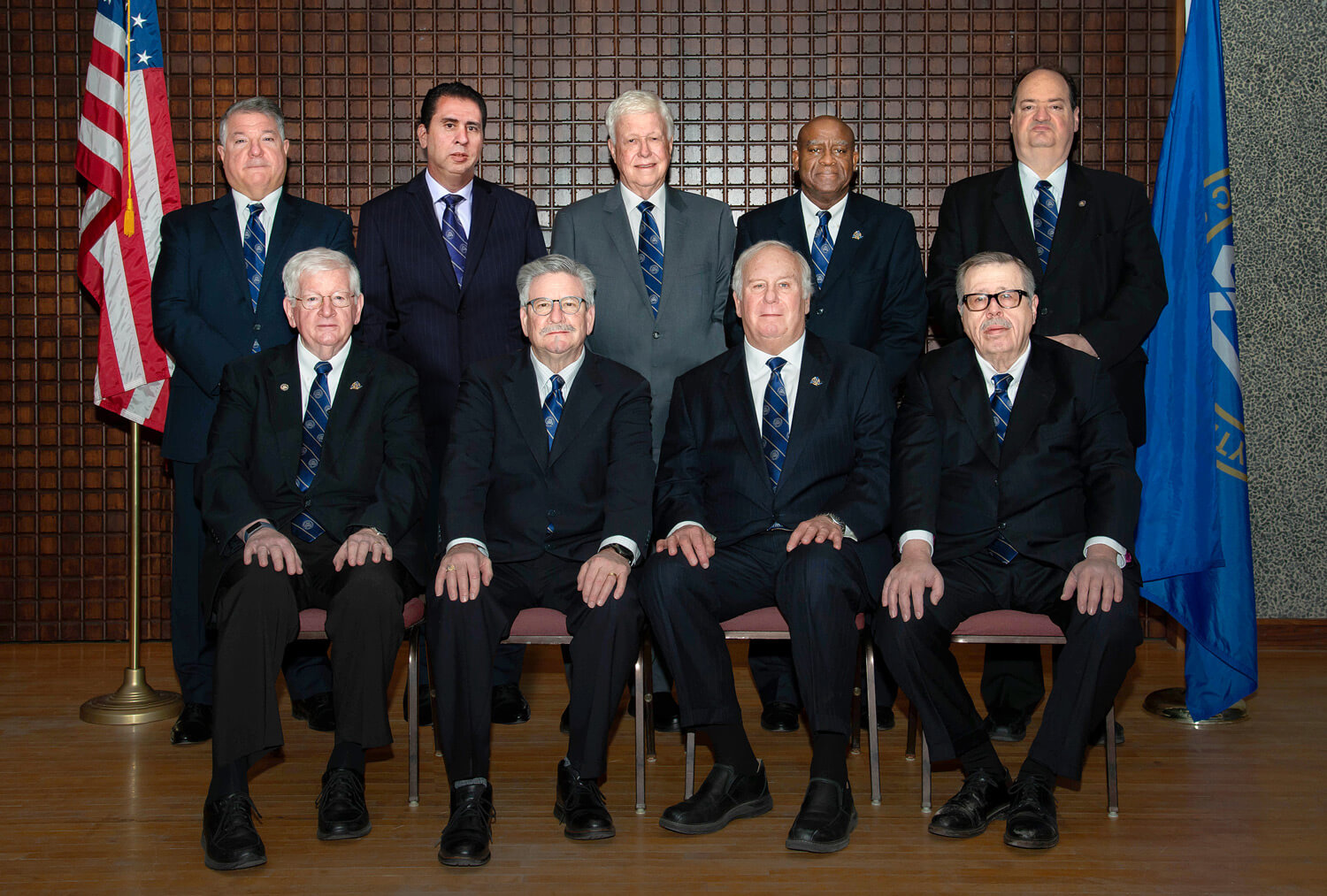Discovering the Mysteries of the Freemason: What You Required to Know
The Freemason, a term typically shrouded in intrigue and controversy, represents an intricate tapestry of historic fact and modern-day misconception. Established in the late 18th century, this secret culture was initially rooted in the Knowledge's suitables however has considering that come to be synonymous with conspiracy theory theories concerning elite control. As we navigate the beginnings, key figures, and the plain comparison in between myth and truth, one have to take into consideration how these narratives affect contemporary perceptions of power and secrecy. What could be disclosed through a more detailed examination of these aspects could test long-held assumptions concerning the shadows that remain in our culture.
Beginnings of the Freemason
The beginnings of the Freemason are steeped in a blend of historic intrigue and ideological fervor. Established in 1776 in Ingolstadt, Bavaria, by Adam Weishaupt, the team was at first formed as a secret society targeted at promoting Knowledge perfects such as reason, secularism, and the separation of church and state. Weishaupt, a teacher of canon legislation, sought to challenge the prevailing authority of the church and state, which he deemed overbearing organizations suppressing intellectual and individual flexibility.
The Freemason sought to recruit significant participants from numerous social markets, consisting of national politics, academic community, and the arts, to foster a network dedicated to these Enlightenment concepts. The culture run under a shroud of privacy, employing coded language and rituals to protect its participants from oppression, particularly provided the repressive climate of the time. The Freemason faced substantial opposition from both governmental authorities and religious institutions, which saw the group as a hazard to their power.
Secret Figures and Members
Who were the pivotal numbers that shaped the Freemason's very early influence and direction? The Bavarian Freemason, founded in 1776 by Adam Weishaupt, arised as a reaction to the overbearing societal frameworks of the time.
An additional considerable number was Johann Gottlieb Fichte, a prominent theorist whose ideas on nationalism and education and learning reverberated with the Freemason's goals. Although Fichte was not a formal member, his philosophical supports affected the team's belief. Furthermore, figures like the author and theorist Johann Wolfgang von Goethe were related to the more comprehensive intellectual motions of the time, although their straight involvement with the Freemason continues to be discussed.
These vital figures contributed to the Freemason's early instructions, pressing the boundaries of political and social idea, while their collective initiatives aimed to test recognized standards and cultivate an environment of modern adjustment in Europe.
Misconceptions vs. Fact
Numerous misconceptions surround the Freemason, frequently blending reality with fiction in a way that covers its real nature. The concept that the Freemason continues to apply significant impact over world occasions is a myth - how to become a freemason.
Another common misconception is that the Freemason makes up a network of elite individuals controling international affairs. In truth, many conspiracy theory concepts overemphasize the why not try here group's importance, connecting misguided motives to social patterns and occasions. This has actually resulted in an oversimplified sight of complex issues.

Modern Analyses
Contemporary analyses of the Freemason usually reflect more comprehensive social anxiousness and an attraction with secrecy and power. This contemporary lens frequently links the Freemason with conspiracy theory concepts that recommend a covert elite orchestrates globe occasions, manipulating federal governments and economic climates for their very own gain. Such stories use an ingrained suspect of authority, specifically in times of situation or social turmoil.

Furthermore, some contemporary analyses frame the Freemason as an allegory for the complexities of globalization and the interconnectedness of significant people and organizations. This perspective encourages a crucial evaluation of how power characteristics run in today's world, highlighting the equilibrium in between transparency and secrecy in governance and business practices.
Social Impact and Tradition
Influenced by centuries of intrigue, the social impact and legacy of the Freemason extend far past its historic beginnings. This secret society, developed in the late 18th century, has actually permeated numerous facets of pop culture, from literary works and film to songs and art. The principle of the Freemason has developed into an icon of conspiracy theories, usually representing a viewed hidden power adjusting worldwide events.
In literary works, authors like Dan Brown have actually woven the Freemason into complex plots, exciting visitors with themes of privacy and power. Films such as "National Prize" and "The Da Vinci Code" even more perpetuate the attraction of the society, mixing truth with fiction to develop appealing stories.
The Freemason's influence additionally expands into songs, with artists referencing the company to evoke styles of rebellion and social critique. This representation has added to a fascination with the concept of clandestine teams controlling the bars of power, mirroring societal stress and anxieties about authority and openness.
Inevitably, the Freemason's tradition is an intricate tapestry of myth and reality, forming understandings of privacy and control in modern discourse. Its long-lasting visibility in culture emphasizes humankind's seasonal pursuit for comprehending concealed truths.
Final Thought
The expedition of the Freemason discloses a complex interaction in between historic facts and contemporary myth-making. Started in the Knowledge era, More Bonuses this society intended to challenge oppressive structures, yet its tradition has actually been outweighed by conspiracy theories her comment is here that recommend elite adjustment. Understanding the distinctions between the original suitables and modern analyses is important for comprehending the withstanding fascination with the Freemason and its considerable influence on social stories bordering power and secrecy in society.